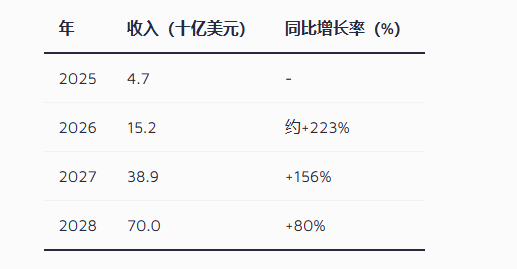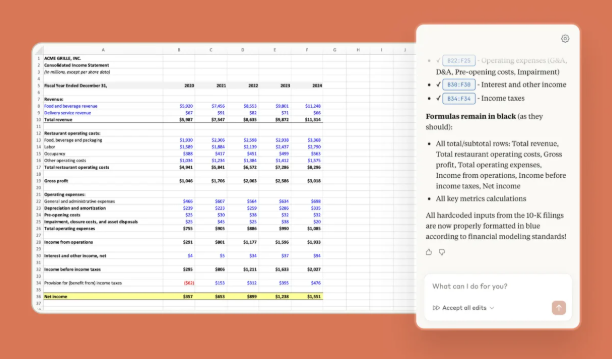Not long ago, Artificial Intelligence Claude3.5 assisted an engineer in writing 3,000 lines of code within a week. Now, a mathematics undergraduate from the 00s generation has used this "AI assistant" to build a miniature fusion reactor in his bedroom, astonishing countless netizens.
Hudhayfa had no prior hardware experience, but he had determination and the AI assistant Claude3.5. From understanding components to designing and assembling, every step was documented on his social media. In the first week, he familiarized himself with the use of McMaster Carr; in the second week, as parts began to arrive, he started designing the main chamber and assembling the half-bridge flow device.
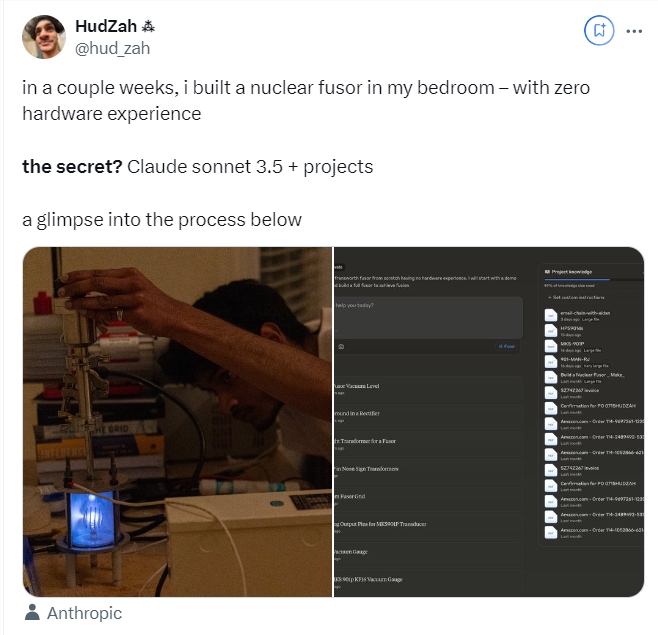
By the third week, Hudhayfa was setting up the system in his bedroom, learning to connect the NST (neon sign transformer). Without a multimeter? No problem, he used an Arduino to check circuit connections. He also used the MKS-901p sensor to set up a vacuum and measurement system. With Claude's assistance, he managed to track down a vacuum leak within a week, reducing the pressure to 25 microns, the most challenging part of the project.
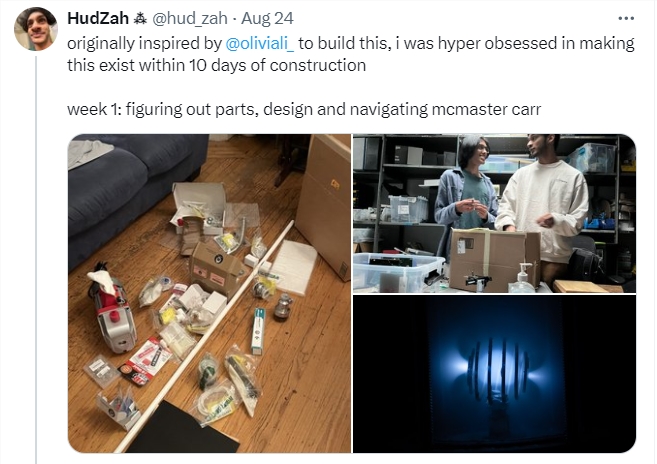
In the fourth week, Hudhayfa found a suitable NST, a 12kV neon sign transformer that successfully produced plasma under conditions of 4kV and 12mA. He calculated the ideal vacuum level using the formula 10^(v-6). Although this experiment did not achieve fusion, it demonstrated the potential of the internet combined with large language models (LLM), opening the door to scientific exploration for enthusiasts with no prior experience.

A significant part of Hudhayfa's success was due to the help of top engineers, including chip designer Yash Karthik, computer engineer Aryan Afrouzi, Waterloo University's Andy Kong, and Ishan Goel. Their assistance helped Hudhayfa avoid electrical hazards and complete critical steps such as machining.
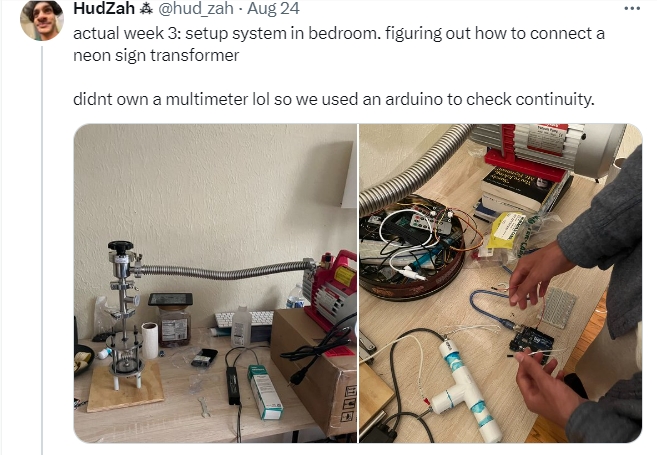
Although Hudhayfa's "fusion" experiment still has a long way to go, Assistant Professor Michael Liesenfelt from the University of Tennessee has provided a series of improvement suggestions, including how to measure leak rates and enhance system safety. This is not only an affirmation of Hudhayfa's project but also an encouragement for his future explorations.
Hudhayfa's inspiration also came from another scientist, Olivia Li, who had also built a fusion reactor in her New York apartment. Olivia praised Hudhayfa's achievements, considering him the only one who has put it into practice.
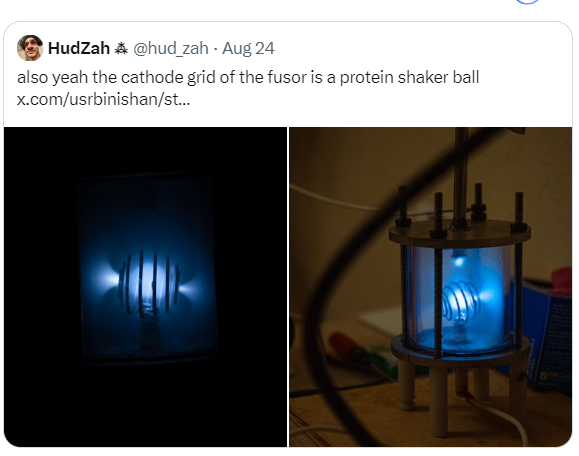
In short, the working principle of the fusion device is to accelerate ions using an electrostatic field, causing them to move towards the center and undergo fusion. Achieving this requires high vacuum, high voltage, and deuterium gas among other key elements. Hudhayfa conducted extensive research before starting and referred to many online resources, especially a forum full of valuable information. Ultimately, he not only gained knowledge but also realized his technological dream through this process.


